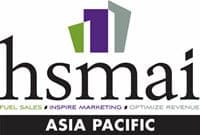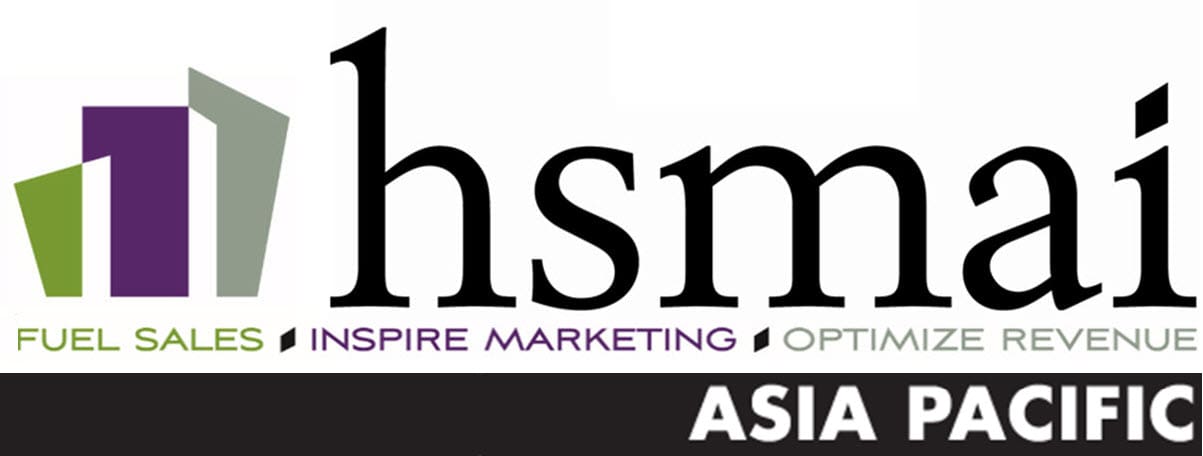
Advanced revenue management systems, powered by machine learning, are used by leading hotel brands around the world.
However, it can be argued that smaller and independent properties need this technology even more than large hotels, given that limited room volumes mean every pricing decision counts.
Independent hoteliers often find themselves in challenging situations—they commonly lack the resources to compete with the big, global chains in terms of marketing budgets and investment in third-party booking channels, and they also don’t have the well-recognised brand name to support these activities. In addition to fewer resources, smaller, independent hotels also commonly lack experienced, specialised revenue management in-house talent to drive their pricing strategy. This can result in rooms either being overpriced or underpriced, which ultimately turns guests away or secures guests at a less-than-ideal booking rate.
Machine-learning innovations paired with high mobility, prescriptive analytics and transparent business intelligence enable independent hoteliers to unlock new profits. Even with all the advancements to date, however, many independent properties still rely on limited processes and technology—to the detriment of their productivity and bottom-line revenues.
The issue all independent hoteliers need to address is whether their pricing strategies and revenue management systems are adequately supporting their drive to profitability and business growth. To help, here are five questions to consider:
Are you still uploading your rates?
With their day-to-day responsibilities, hoteliers often have limited time for strategy—especially if they’re manually managing rates. Technology requiring manual maintenance and implementation of rate recommendations forces users to be less nimble to market shifts, limits time and resources and hinders productivity. Automated pricing and inventory decisions, on the other hand, continually optimise and automatically deploy to integrated selling systems. This gives time back in the day to enable focus where it’s needed—on strategic opportunities.
Do you manually manage guest room inventory?
Hotels have managed inventory through manual controls for decades, but compared to 10 years ago, most revenue technology providers haven’t improved these fixed controls at all. The most advanced technology, however, uses its analytics to deploy an automated inventory strategy that not only improves profits, but productivity as well. A hurdle is a value assigned to a particular day that optimises the available demand in the market.
This analytically-derived value helps determine the optimal business to accept and maximises shoulder-night performance so longer length of stays aren’t turned away over high-demand nights. Hoteliers can thus optimise rate availability through channels like voice reservations, booking engines and OTAs.
Does your pricing structure have limitations?
The ultimate goal of a revenue strategy is to drive profitability. The challenge lies in pricing different rooms, through different channels, across different days, to different guests. With unique demand for room types, revenue technology needs to support different buying behaviours by analytically-determining ideal prices, inventory controls and overbooking strategies for different room types. If rates are managed independently from inventory controls, profits end up sacrificed in the process.
Do you cross your fingers while changing rates?
Today’s predictive analytics allow users to understand the impacts of their decisions before they even make them. Scenario analysis in automated revenue technology allows hoteliers to explore the outcomes of potential rate changes, or if guest behaviour differs from their current expectations. This capability also helps hoteliers learn how sensitive their technology is to changes in inputs. Utilising this feature is quick and easy, allowing hoteliers to experiment more to understand how and why pricing and availability decisions are made in a very intuitive way.
Are you forecasting with the wrong data?
Like larger hotels, small, independent properties are constantly generating data—such as that used in developing demand forecasts. Hotel data comes from a multitude of sources, changes rapidly and is critical for proper pricing decisions. A good forecast as part of an ongoing revenue management program can assist room-rate decision-making, staff allocation, property maintenance and a range of critical hotel operations. Using data and analytics from an accurate forecast is the best way to determine marketing and pricing strategies for the future, but for the best outputs, hoteliers need the best inputs. This means that more than anything, data quality matters. As the industry continues to leverage evolving data sources, hotels must be thoughtful about the data used within their technology and business strategies. While we live in a world where “more” equates itself with “better,” that’s not always the case when it comes to data.
Advanced revenue management systems are best viewed as an investment in an essential business technology platform for independent hotels. The insights, efficiencies and operational benefits are significant, driving measurable performance as well as profitability. Today, all independent hoteliers need to ensure that their approach to revenue management, and the systems they have in place, are driving better revenue performance, not holding them back.
Source: This is an article by Tracy Dong, Lead Advisor APAC at IDeaS
5 revenue management questions independent hoteliers should ask


